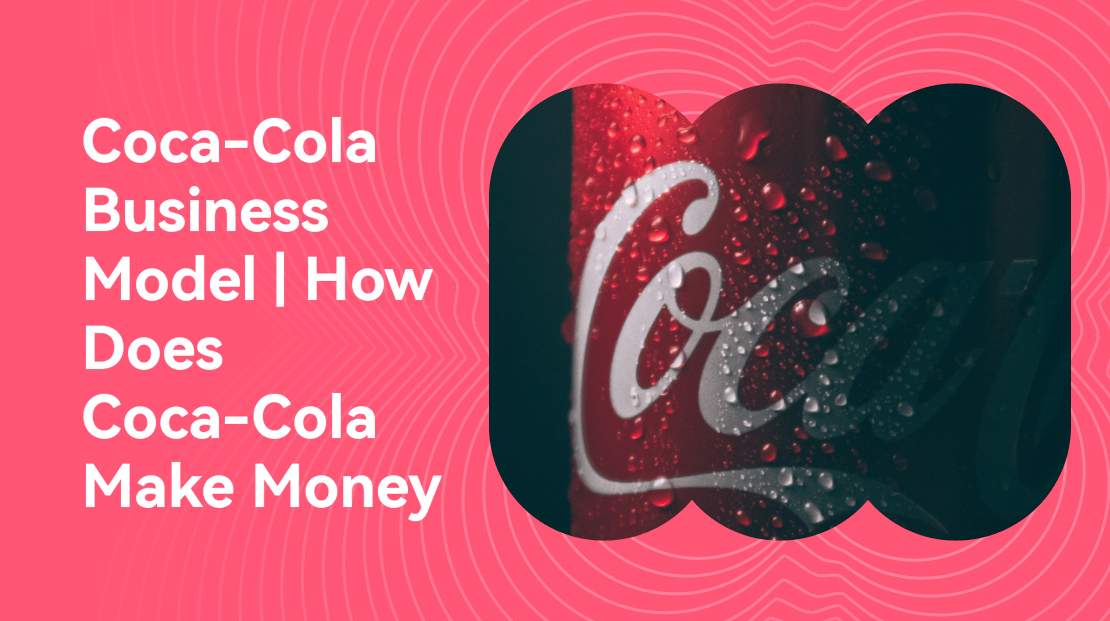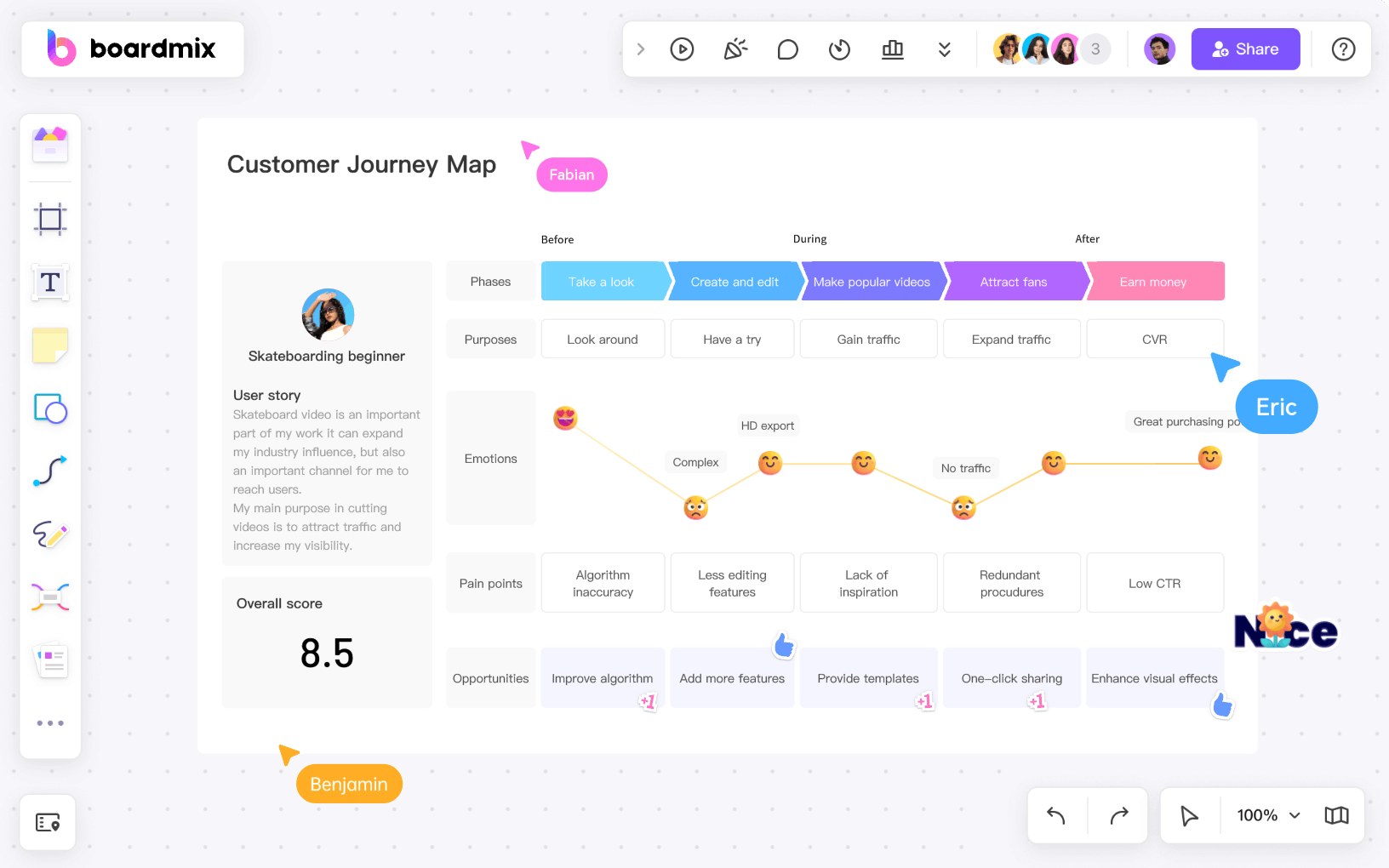Coca-Cola’s remarkable legacy as an industry leader spanning more than 135 years is undeniably impressive. Amidst various contributing factors to the company’s triumph, a paramount driving force has been its unwaveringly robust business model. In this article, we will meticulously dissect this model to gain profound insights into how the company has not only achieved but also sustained its present eminence.

A Brief History of Coca-Cola
Coca-Cola, a renowned household name worldwide, has its origins dating back to 1886. It all began when Dr. John Pemberton, a pharmacist in Atlanta, concocted a medicinal syrup. When this syrup was combined with water, it metamorphosed into a revitalizing beverage, heralding the inception of one of the beverage industry’s most iconic and enduring brands
The following year, the company was acquired by Asa Candler, a businessman who recognized the brand’s potential and turned it into one of the most popular drinks in the country at the time. Candler is also credited for the Coca-Cola bottle design which to this day remains one of the beverage’s most notable features that sets it apart from competing products. From then, the company was unstoppable in its growth and expansion.
In the first year of business, the company sold an average of 9 drinks per day. Today, they are selling 1.9 billion drinks daily to a global market. That is a rare kind of success that you don’t see a lot, and it is certainly not something that happened overnight.
Coca-Cola Business Model Canvas
The Coca-Cola business model extends beyond mere profit generation, encompassing critical elements such as market analysis, partner selection, distribution channel strategies, and more. Profit is a substantial component, but the model’s comprehensive framework considers various facets that contribute to the brand’s enduring success. Basically, it describes how the company creates value and delivers this value to the buying public. In the following business model canvas of Coca-Cola, we can see and analyze all these elements, which brings us closer to understanding the secret behind the company’s massive and continued success.

Value Propositions of Coca-Cola
A value proposition is essentially a solution to a problem. They are products that fulfill a need and therefore provide value to the consumers. Coca-Cola’s value propositions consist of its vast selection of beverages that are associated with celebrations and positive feelings.
Customer Segments of Coca-Cola
Coca-Cola is one of those brands whose broad and diverse customer segments cover practically the entire population. Their primary consumers are individuals of all demographics who buy the beverages from a variety of retail outlets. Food establishments, retail stores, and other businesses that resell Coca-Cola products are also among the customer segments.
Key Partners of Coca-Cola
Key partners refer to other companies that have a pivotal role in the business’s operations. In Coca-Cola’s case, it relies on bottling and distribution partners for its production processes. For the financial aspect, they have numerous investors. Finally, to ensure a steady flow of products to consumers, Coca-Cola has built partnerships with retail distributors and food establishment partners around the world.
Key Activities of Coca-Cola
Of course, the leading key activity of Coca-Cola is beverage production, followed by bottling and licensing, all of which are integral to their core products. Other essential activities include marketing and advertising, product promotions, and distribution, although this usually falls to the franchises.
It’s not always apparent to the public but Coca-Cola’s business model canvas shows a myriad of other key activities of the company. The list includes sponsorships of events, holding promotions and loyalty programs, and even investing in other businesses to grow their funds even further.
Customer Relationships of Coca-Cola
Maintaining a healthy and fruitful relationship with customers is key to the long-term success of a business. From enticing new consumers to retaining existing ones, Coca-Cola has definitely got this covered. Over the years, the company has established strong, meaningful, and consistent relationships by means of social media, loyalty programs, targeted communications, partnerships, and even community activities like sponsorships at local events.
Key Resources of Coca-Cola
Key resources include everything that the company utilizes to create value, deliver value, and make a profit out of it. In other words, these are all assets that play a role in fulfilling the value proposition.
We can clearly see in the business model canvas of Coca-Cola that their key resources include the manufacturing plants and all machinery and equipment inside, distribution networks, vehicles, and buildings. There are also valuable intellectual resources like copyrights, patents, trademarks, which have certainly worked very well for this particular brand. Human resources and financial resources round up the key resources of Coca-Cola as stated in their business model canvas.
Channels of Coca-Cola
Channels refer to the means by which the company delivers the products to the target market. Coca-Cola has exhausted virtually all possible channels, which is one of the reasons why they are such an accessible and ultimately successful brand in over 200 countries today. Some of the top distribution channels of Coca-Cola are supermarkets, convenience stores, and restaurants, many of which have exclusive contracts that sell only Coca-Cola products, locking out competing brands. Vending machines and online retailers are also great revenue-generating channels.
However, providing beverages is not the only interaction Coca-Cola has with consumers. They also sell licensed merchandise and maintain a strong presence globally through social media, sponsorships, and traditional advertisements.
Cost Structure of Coca-Cola
Costs are an inevitable aspect of any business operation, and for a corporation as expansive as Coca-Cola, these expenditures assume significant proportions. Thus, it becomes imperative to establish a structured cost framework to regulate the company’s financial outlays effectively. Within Coca-Cola’s cost structure, various components come into play, encompassing raw materials, manufacturing, production, distribution, marketing, taxation, payroll, franchise expenses, and more. This systematic approach ensures prudent management of resources across diverse facets of the company’s operations.
Revenue Streams of Coca-Cola
Indeed, Coca-Cola’s predominant income source arises from its expansive beverage lineup, featuring iconic brands such as Coca-Cola and Diet Coke. Additionally, the company benefits from a stable revenue stream generated by licensing fees paid by its bottling and distribution partners, which is crucial in making its products accessible to global consumers. Additionally, Coca-Cola has strategically invested in various industries, securing passive earnings from these ventures. These multifaceted revenue streams contribute to Coca-Cola’s financial stability and its ability to maintain its position as a global leader in the beverage industry.
How Does Coca-Cola Make Money
Coca-Cola is a colossal company, with a net worth exceeding $265.2 billion according to the latest reports. In 2022, the beverage company earned a whopping $43 billion in annual revenue. A large percentage of this annual income comes from the sale of syrups and concentrates to bottling companies, who then add carbonation and water to complete the product. They started working with independent bottlers but the company eventually consolidated the bottling by creating Bottling Investments Group.
Another big revenue stream for Coca-Cola comes from its finished product business. This includes the manufacture and sale of fountain syrups.
With the sheer volume of steady production and sales, it comes as no surprise that Coca-Cola makes the kind of money that they do. It helps that they struck gold when the founder created the winning formula more than a century ago. But of course, one of the main reasons that the company continues to earn money is because they constantly innovate and keep their eyes peeled for new opportunities for growth and expansion.
Key Takeaways
We can see in the Coca-Cola business model canvas that the company’s primary goal is to sell its beverages to the buying public. At the same time, the business model also includes brand licensing, investing in other businesses, sponsorships, loyalty programs, and many other activities.
The resilience of this business model shines through in the brand’s unwavering excellence, even amid intense competition within the beverage sector and the ever-changing consumer preferences. With a globally recognized brand that transcends borders, there is unequivocal confidence that Coca-Cola will persist as the frontrunner in the years that lie ahead.

If you wish to reconstruct Coca-Cola’s business model canvas for comparative analysis, insight into its operations, or other purposes, you can leverage the tools provided by Boardmix. Additionally, you’ll discover a diverse selection of other valuable business templates to support your needs.
Features of Creating a Business Model Canvas on Boardmix
Developing a Business Model Canvas is a strategic activity often undertaken by startups and established businesses to identify and plan out different business aspects. Boardmix online whiteboard has numerous features that make this process more intuitive, efficient, and collaborative.

1. Interactive Whiteboard Interface
Boardmix's digital whiteboard allows users to visually layout and connect various components of the Business Model Canvas, like Key Partners, Value Propositions, Customer Segments, etc. The ability to write, draw, or annotate on the board facilitates clear expression of ideas.
2. Real-time Collaboration
Boardmix’s collaboration feature enables teams to work on the same Business Model Canvas simultaneously. This real-time interaction allows for immediate feedback, brainstorming, and iteration, which can significantly enhance the canvas’s quality and relevance.
3. Drag-and-Drop Functionality
Reorganizing ideas and elements is made easy with Boardmix’s drag-and-drop functionality. This feature helps to effortlessly structure or restructure the canvas, making the modeling process flexible and adaptive to evolving business strategies.
4. Multimedia Integration
Supplement your Business Model Canvas with rich multimedia content. Integrate images, documents, or even video clips directly into the canvas to provide additional context or explanation, enhancing comprehension and engagement.
5. AI-Enhanced Brainstorming
Boardmix’s AI enhancement feature can stimulate brainstorming by suggesting related concepts based on the inputs you provide for your Business Model Canvas. This innovative feature can contribute to the development of a comprehensive and robust business model.
6. Ready-to-use Templates
Boardmix offers pre-made Business Model Canvas templates, accelerating the modeling process. These templates provide a well-structured format that can be readily filled in with business-specific details.
7. Secure Cloud Storage
With Boardmix, you never have to worry about losing your work. Your Business Model Canvas gets auto-saved and stored securely in the cloud. This means you can access your canvas from anywhere and at any time.
By utilizing these features of Boardmix Online Whiteboard, developing a comprehensive and visually engaging Business Model Canvas becomes an enjoyable and effective process.
References:
https://businessmodelanalyst.com/coca-cola-business-model/
https://www.coca-colacompany.com/about-us/history
https://www.coca-cola.com/ng/en/about-us/faq
https://www.investopedia.com/articles/markets/112515/how-does-cocacola-actually-make-money.asp













